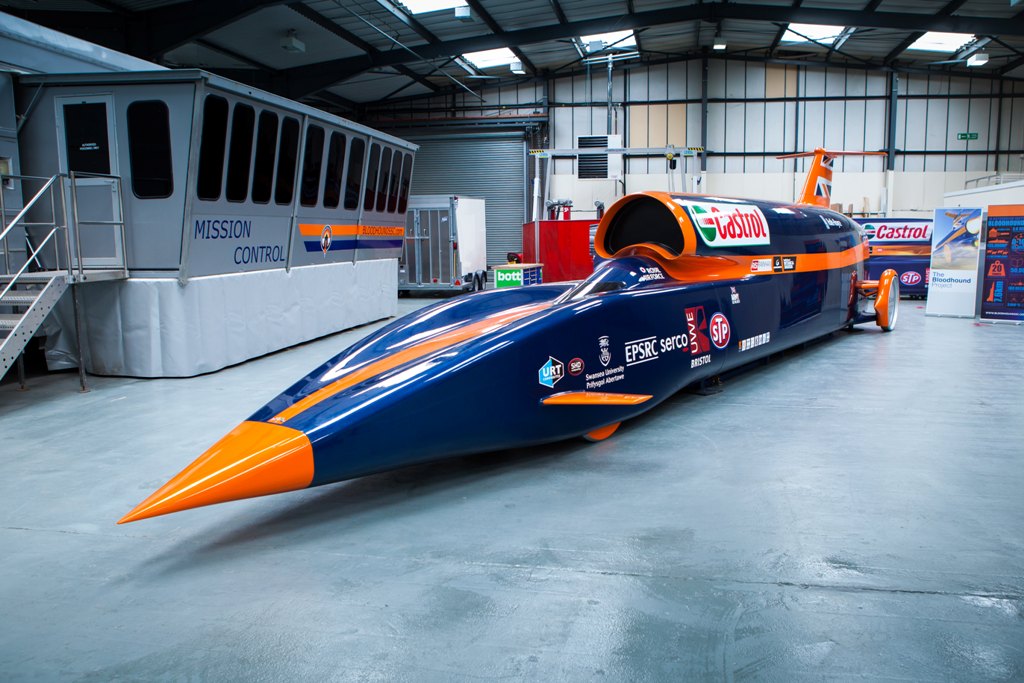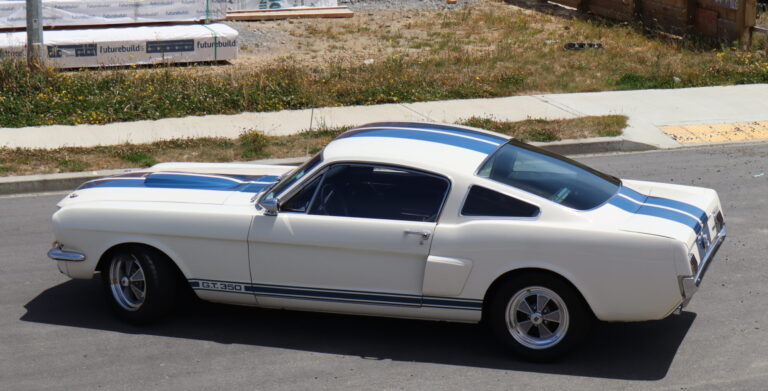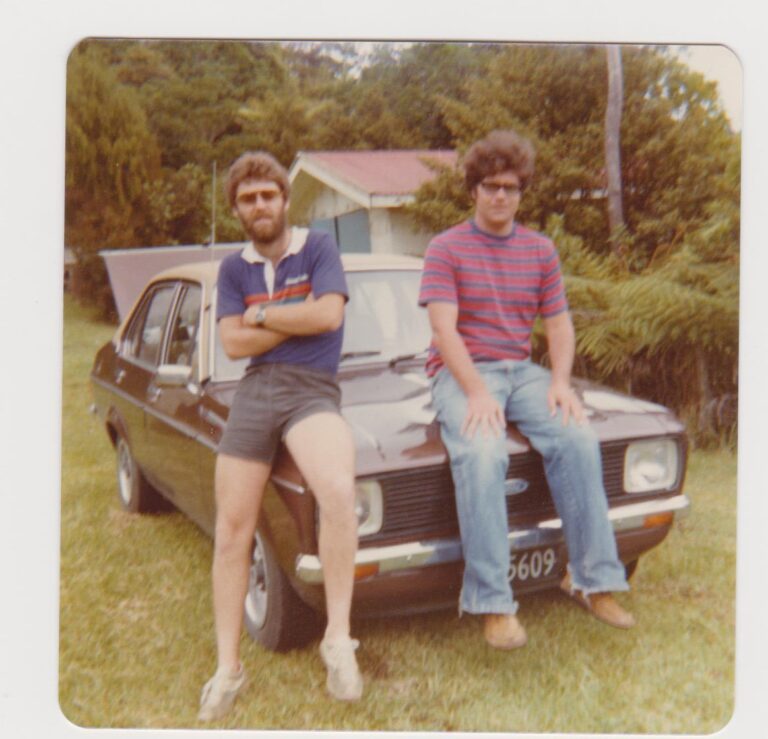Jet and rocket propulsion have boosted land speed record attempts previously into the 700mph bracket with the fastest achieved so far being 763.035mph by Andy Green in the Thrust SSC back in 1997. However, the crew behind The Bloodhound Supersonic Car (SSC) want to not only beat this record, they want to blow it out of the water at an incredible 1000mph speed.

Photo: Stefan Marjoram
Thrust SSC’s team leader, Richard Noble, is now the project manager for Bloodhound SSC so the endeavour has some pretty serious experience behind it. The vehicle is currently being assembled at the BLOODHOUND Technical Centre in Bristol, UK. It has three power plants — a Rolls-Royce EJ200 jet from a Eurofighter Typhoon, a cluster of Nammo hybrid rockets, and a 550bhp supercharged V8 Jaguar engine, which drives the rocket oxidizer pump. Between these power plants, they generate 135,000 thrust horsepower, equivalent to 180 Formula 1 cars. For perspective, the Bloodhound SSC at full noise will cover a mile (1.6km) in 3.6 seconds — that’s four and a half football pitches laid end to end per second!
Some of the most scientifically and technologically challenging areas of the project came about with respect to the transmission of data — over 300 sensors and three 720p video streams will be transmitted live from Bloodhound SSC as it blasts down the desert racetrack. But to make sure all of this essential equipment behaves as it should, the team had to test it all out. Check out the video below to hear all about the desert testing day:
The supersonic endeavour is scheduled for September of 2015 — reckon they’ll do it? Tell us in the comments below.


